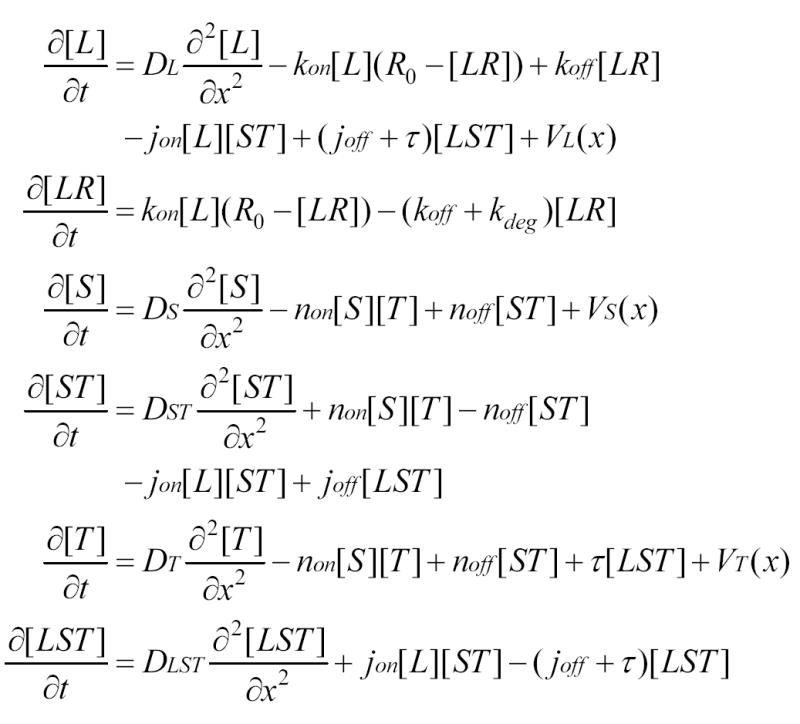Figure 4. Partial Differential Equations Describing a “Minimal” Model of Gradient Formation Driven by Diffusion and Receptor-Mediated Ligand Degradation.

L = BMP ligand (e.g., Dpp); R = receptor; S = Sog; T = Tsg; VL, VS, and VT are production rates and DL, DS, and DST; DT and DLST are diffusion coefficients for their subscripted species; and association, dissociation, and degradation rate constants for L-R binding are represented by kon, koff, and kdeg, respectively. The assembly of LST complexes is modeled as initial S-T binding (with association and dissociation rate constants jon and joff) followed by L-ST binding (with association and dissociation rate constants of non and noff), but analysis and calculations show that the output of the model is substantially the same for other assembly orders. In the absence of any data showing that free Sog and Tsg are degraded over the time course of embryonic patterning, these processes were generally not included (the effect of including degradation of free Sog [Srinivasan et al., 2002] was explored preliminarily, and unless very rapid, did not substantially influence the model’s behavior). Tolloid-mediated cleavage of LST complexes was represented by a single first-order rate constant, τ.
